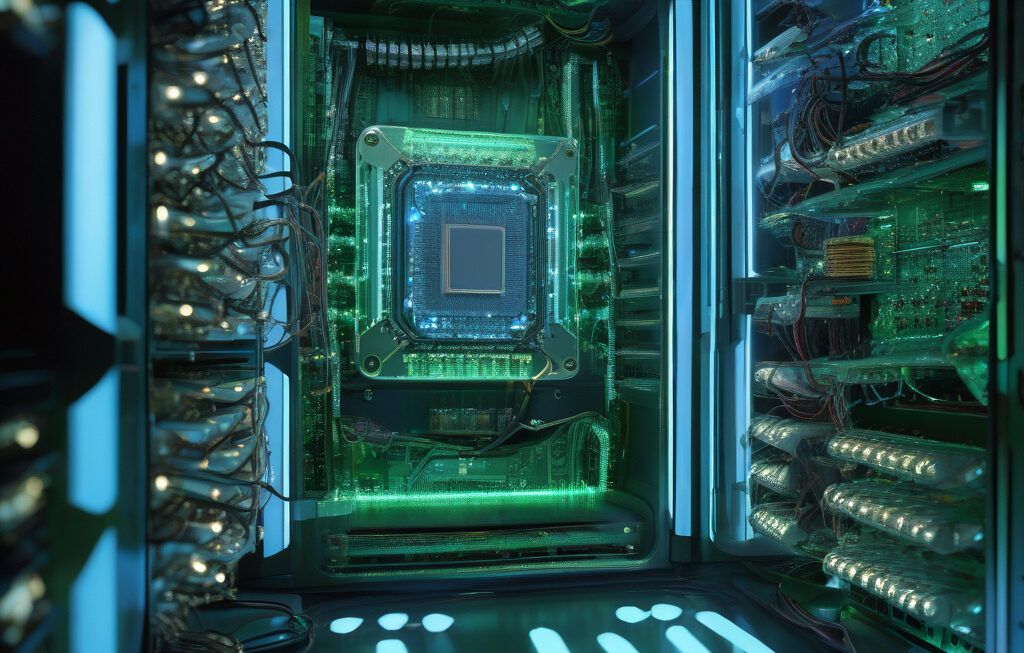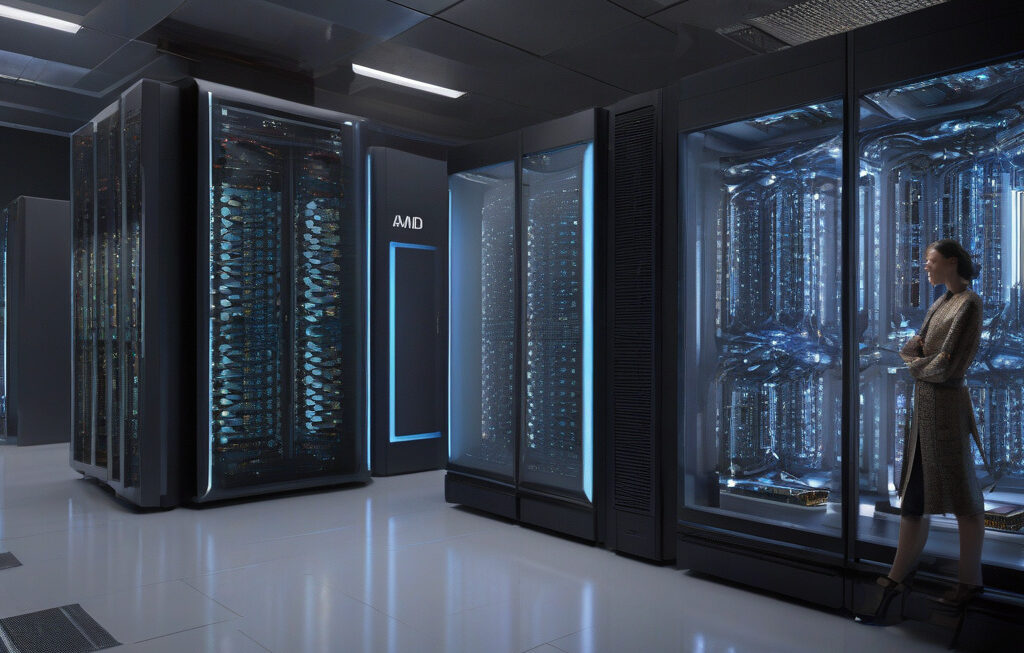Europe’s Supercomputer Trial Hits 1.2 Tbit/s Speeds in 2,175 Miles AI Data Sprint
Breaking barriers in speed and distance, Europe just witnessed a record-smashing 1.2 terabit-per-second quantum-safe data sprint across a remarkable distance of 2,175 miles. This monumental achievement marks a significant milestone in the realm of supercomputing and artificial intelligence, showcasing the power of cutting-edge technology and innovative approaches in pushing the boundaries of what was once thought impossible.
The trial, conducted by a team of leading experts in the field, aimed to test the capabilities of Europe’s supercomputing infrastructure in handling massive amounts of data at unprecedented speeds over vast distances. By leveraging advanced quantum-safe encryption techniques and state-of-the-art networking protocols, the team was able to achieve remarkable results that far surpassed existing benchmarks.
One of the key highlights of this groundbreaking trial was the demonstration of the supercomputer’s ability to maintain stable and reliable data transmission rates of 1.2 terabits per second over the entire 2,175-mile distance. This not only showcases the immense processing power and efficiency of Europe’s supercomputing network but also underscores the importance of secure and high-speed data transmission in today’s interconnected world.
The successful completion of this trial opens up a world of possibilities for various industries and sectors that rely on high-speed data transfer and processing. From finance and healthcare to research and development, the implications of this achievement are far-reaching and promising. For instance, in the field of healthcare, the ability to transmit large volumes of medical data securely and rapidly can revolutionize patient care and treatment outcomes.
Furthermore, the integration of artificial intelligence into the supercomputing infrastructure adds another layer of complexity and sophistication to the data processing capabilities. By leveraging AI algorithms and machine learning models, supercomputers can analyze and interpret vast amounts of data in real-time, enabling faster decision-making and more accurate predictions.
As Europe continues to lead the way in supercomputing and AI innovation, collaborations between industry, academia, and government bodies will be crucial in driving future advancements and breakthroughs. By fostering an ecosystem of innovation and knowledge sharing, Europe can maintain its competitive edge in the global technology landscape and pave the way for a more connected and intelligent future.
In conclusion, Europe’s supercomputer trial achieving 1.2 terabit-per-second speeds over a distance of 2,175 miles is a testament to the region’s technological prowess and commitment to pushing the boundaries of what is possible. With this milestone, Europe sets a new standard for supercomputing capabilities and opens up a world of opportunities for leveraging high-speed data transmission and artificial intelligence in various industries. As we look towards the future, the fusion of supercomputing, AI, and quantum-safe encryption promises to revolutionize the way we process and utilize data, shaping a more efficient, secure, and interconnected world.
supercomputing, artificialintelligence, datasprint, technologyinnovation, quantumencryption












